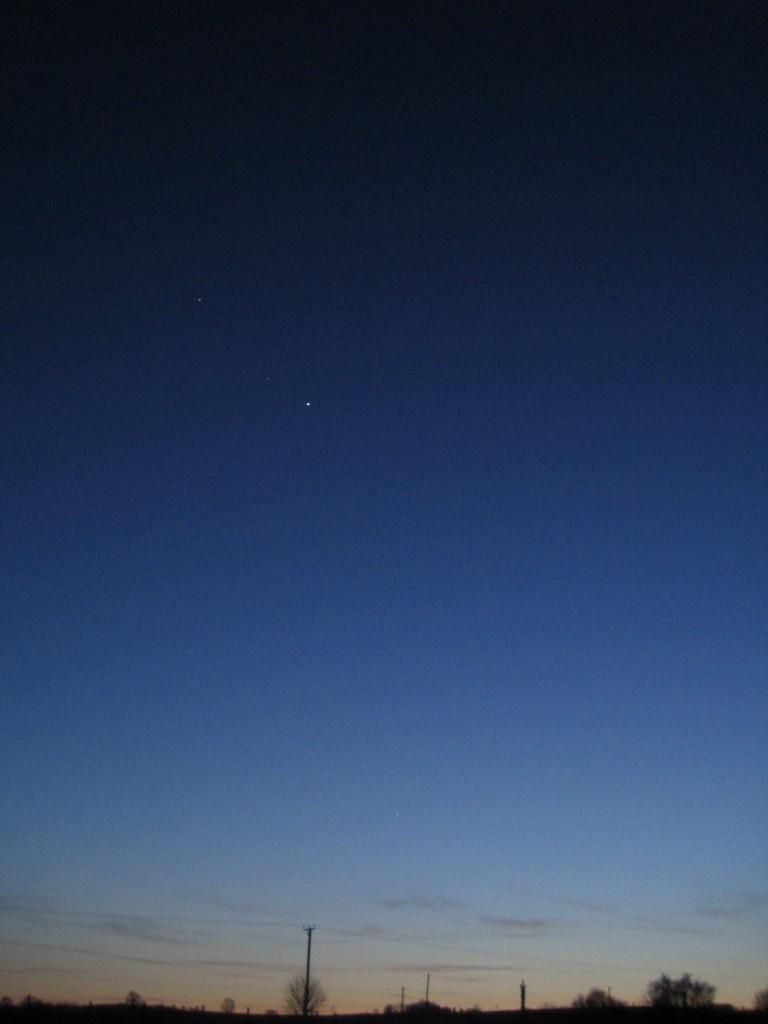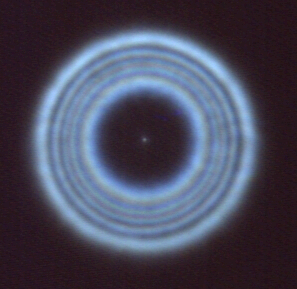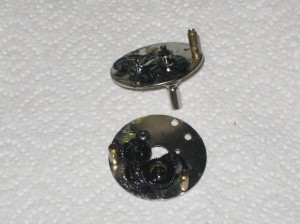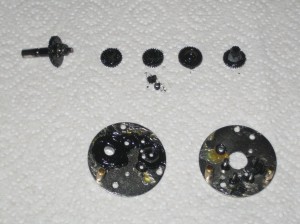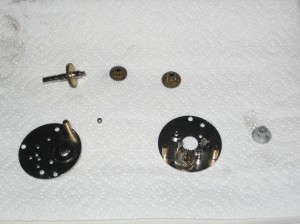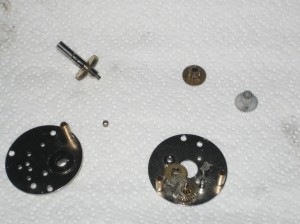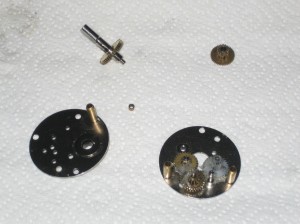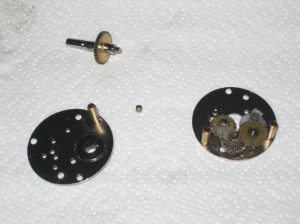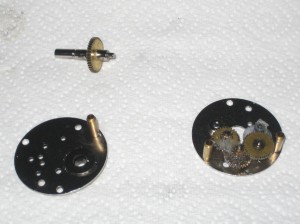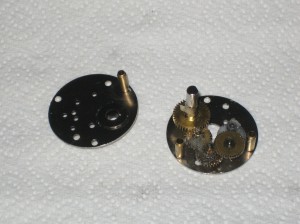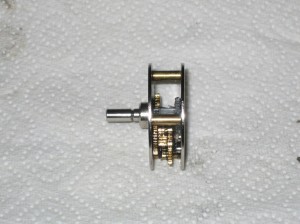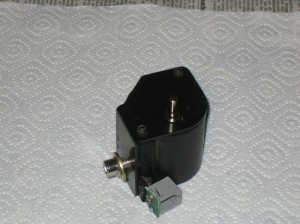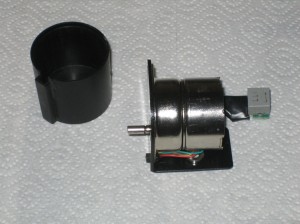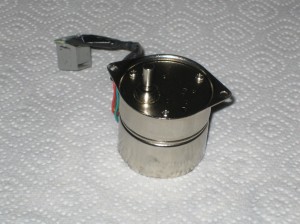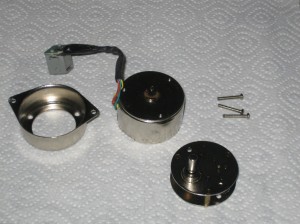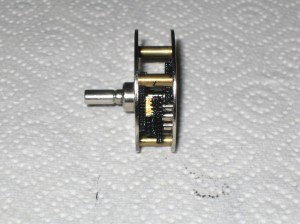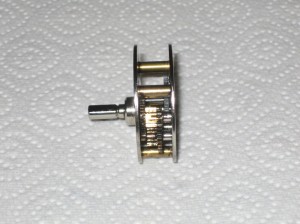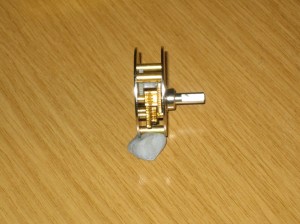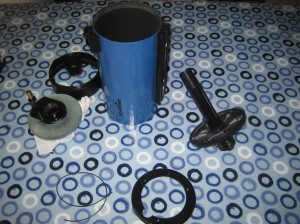A poor quality photo, I know, but I was grabbing a few seconds when I should have been doing something else so had to make the best of it. Jupiter is at the top, separated from Venus by what appears to be an aeroplane that I didn’t notice at the time. Much fainter down close to the horizon (and easier to see in the full-size image, linked) is Mercury.
-
Recent Posts
Recent Comments
- Ondra Flidr on Missing icons in Kstars and Ekos
- Peter Ruskin on Tonight Matthew, I am Dremel repair man
- andrea on Missing icons in Kstars and Ekos
- Ed Buckley on Separated at birth?
- james on Met Office forecast offers trial of new weather data
Archives
- July 2024
- June 2024
- May 2024
- April 2024
- March 2024
- February 2024
- March 2022
- February 2022
- January 2022
- December 2021
- November 2021
- September 2021
- August 2021
- July 2021
- June 2021
- May 2021
- April 2021
- March 2021
- January 2021
- December 2020
- November 2020
- October 2020
- June 2020
- February 2020
- January 2020
- November 2019
- September 2019
- August 2019
- July 2019
- June 2019
- May 2019
- April 2019
- March 2019
- February 2019
- January 2019
- December 2018
- November 2018
- October 2018
- September 2018
- August 2018
- June 2018
- May 2018
- April 2018
- March 2018
- February 2018
- January 2018
- November 2017
- October 2017
- September 2017
- August 2017
- July 2017
- June 2017
- May 2017
- April 2017
- March 2017
- February 2017
- January 2017
- November 2014
- October 2014
- September 2014
- August 2014
- February 2014
- November 2013
- October 2013
- June 2013
- May 2013
- April 2013
- March 2013
- February 2013
- December 2012
- November 2012
- October 2012
- September 2012
- August 2012
- July 2012
- June 2012
- May 2012
- April 2012
- March 2012
- February 2012
- January 2012
- October 2011
- September 2011
- March 2011
- February 2011
Categories
- 3D Printing
- Astro Equipment
- Astroimaging
- Astronomy
- BBC Micro
- Bee-keeping
- Beer-making
- Books
- Chickens
- Cider-making
- Computing
- Cutting Garden
- Dashcam
- Environment
- Health
- Learning piano
- Linux
- Machinery
- MythTV
- Observatory
- Orchard
- Pigs
- Polytunnel
- Precision Plank
- Projects
- Quadcopters
- Random
- Raspberry Pi
- Science
- Smallholding
- Smoker
- Swimming
- Television
- Uncategorized
- Veg plot
- Workshop
Meta

